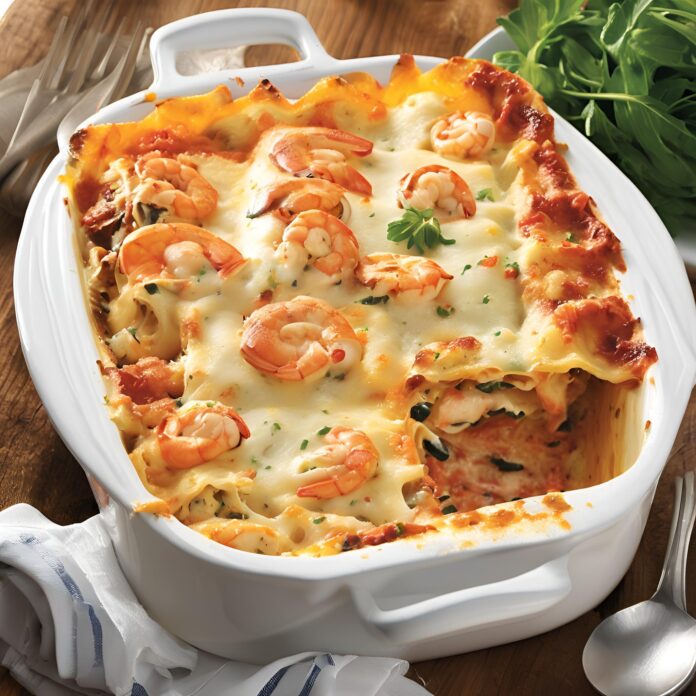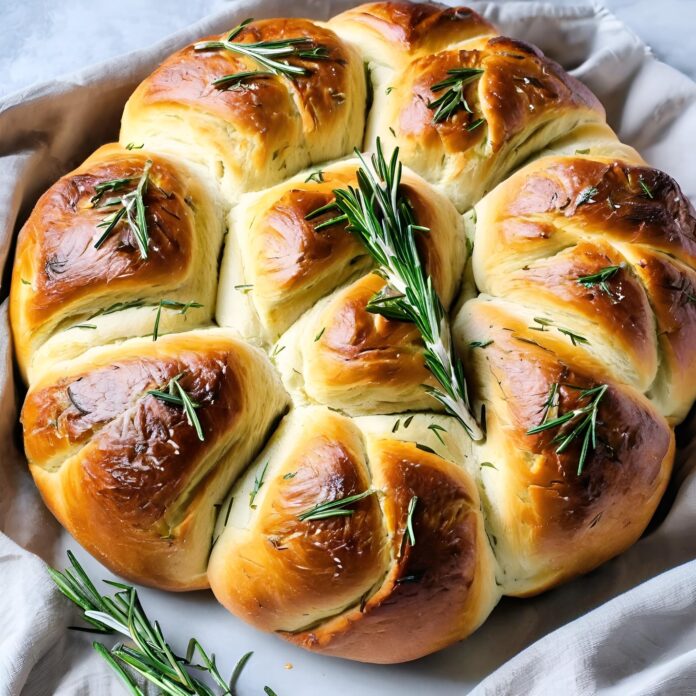Baked Salmon Recipe
Salmon is a versatile fish loved for its rich, tender texture and delicate flavor. Baking salmon is one of the simplest and healthiest ways to prepare this fish, allowing it to retain moisture and tenderness while bringing out its natural flavors. With a variety of seasonings and marinades, baked salmon can be customized to fit any flavor profile, from a simple, classic preparation to more adventurous combinations.

This recipe will walk you through everything from selecting the right salmon to baking it to perfection. You’ll also find tips on seasoning, cooking times, and how to achieve a golden, crispy crust while maintaining a moist, tender interior.
Baked salmon is ideal for both casual family dinners and elegant dinner parties. It pairs well with a variety of sides, from fresh vegetables to creamy mashed potatoes, making it an excellent choice for any occasion. Let’s dive into how to make a flawless baked salmon.
Preparation
1. Selecting and Preparing the Salmon
The first step in making a perfect baked salmon dish is selecting the right fish. Freshness is key when it comes to salmon. Here are some tips on selecting high-quality salmon:
- Freshness: Fresh salmon should have a bright, vibrant color. Look for salmon that’s firm to the touch and free from any discoloration or off smells. Fresh salmon should not smell overly fishy—it should have a clean oceanic scent.
- Skin-on vs. Skin-off: You can choose skin-on or skinless salmon fillets. Skin-on fillets tend to retain moisture better during cooking, but if you don’t like the skin, skinless fillets are perfectly fine.
- Wild-caught vs. Farmed: Wild-caught salmon is typically leaner and has a more robust flavor, while farmed salmon is richer due to higher fat content. Both options work well in this recipe.
2. Preparing the Oven and Baking Sheet
Before you start preparing the fish, make sure your oven is preheated and your baking sheet is ready:
- Preheat the Oven: Preheat your oven to 400°F (200°C). This temperature is ideal for baking salmon as it cooks the fish quickly and evenly while helping to crisp the edges.
- Prepare the Baking Sheet: If you are using a baking sheet, line it with parchment paper or aluminum foil for easier cleanup. You can also lightly grease the sheet with olive oil or cooking spray to prevent the fish from sticking.
3. Seasoning the Salmon
For a simple preparation, season the salmon with just olive oil, salt, pepper, garlic, and lemon. If you want to enhance the flavor, you can marinate the salmon in a mixture of honey, mustard, soy sauce, and lemon juice for 15–30 minutes before baking. Here’s how to do both:
Basic Seasoning:
- Brush the Salmon with Olive Oil: Drizzle 1-2 tablespoons of olive oil over the salmon fillets. This helps the fish stay moist and enhances its natural flavor.
- Add Salt and Pepper: Season both sides of the salmon generously with salt and freshly cracked black pepper.
- Add Garlic and Lemon: Sprinkle minced garlic over the salmon and squeeze fresh lemon juice on top. You can also zest the lemon over the fish for an extra citrusy aroma.
Optional Marinade:
- Prepare the Marinade: In a small bowl, mix together honey, Dijon mustard, soy sauce, lemon juice, and any fresh herbs you’re using.
- Marinate the Salmon: Place the salmon fillets in a shallow dish and pour the marinade over the top. Let it sit for at least 15 minutes (or up to 30 minutes in the refrigerator).
- Reserve Some Marinade: Save a small portion of the marinade to brush over the salmon during the baking process for added flavor.
Baking the Salmon
Once your salmon is seasoned or marinated, it’s time to bake it. Baking salmon is an easy method that results in a perfectly tender, juicy fish every time. Here’s the baking process:
- Place the Salmon on the Baking Sheet: Arrange the salmon fillets on the prepared baking sheet. Make sure there’s some space between each fillet to allow the heat to circulate evenly.
- Bake the Salmon: Place the baking sheet in the preheated oven and bake for about 12-15 minutes, depending on the thickness of your fillets. For a 1-inch thick fillet, 12 minutes should suffice, but thicker pieces might require 15–20 minutes.
- Check for Doneness: The salmon is done when it flakes easily with a fork and the internal temperature reaches 145°F (63°C). If you don’t have a thermometer, check the flesh by gently pressing it with a fork—if it flakes, it’s ready.
- Optional Broiling for Crispy Finish: For a slightly crispy top, turn on the broiler in the last 2-3 minutes of baking. Watch the salmon closely to avoid burning.
Serving the Baked Salmon
Once the salmon is perfectly baked, it’s time to serve it. Here are some ideas for serving:
- Garnish: Top the salmon with freshly chopped parsley, dill, or thyme for added color and flavor. A few lemon wedges on the side provide a fresh, zesty contrast.
- Side Dishes: Serve the baked salmon with a variety of sides. Some options include roasted vegetables, rice pilaf, mashed potatoes, quinoa, or a simple green salad.
- Sauces and Condiments: While the salmon is flavorful on its own, you can add sauces like a lemon butter sauce, garlic herb sauce, or even a simple tzatziki.
Tips for Perfect Baked Salmon
- Do Not Overcook: The key to tender, juicy salmon is to avoid overcooking. Overcooked salmon can become dry and tough, so be sure to check it frequently during the last few minutes of baking.
- Salmon Thickness: Keep in mind that the thicker the fillet, the longer it will take to cook. Generally, bake the salmon for 10 minutes per inch of thickness.
- Use a Cooking Thermometer: If you’re unsure whether your salmon is done, use a cooking thermometer to check the internal temperature. 145°F (63°C) is the recommended temperature for cooked salmon.
- Rest the Salmon: After removing the salmon from the oven, let it rest for 3-5 minutes before serving. This allows the juices to redistribute and helps keep the fish moist.
Variations of Baked Salmon
- Lemon Garlic Butter Salmon: Add butter and more garlic to the basic recipe for a rich, indulgent flavor. You can also add some white wine to the baking dish for a light, elegant sauce.
- Honey Mustard Glazed Salmon: For a sweet and tangy variation, brush the salmon with a honey mustard glaze before baking.
- Cajun Baked Salmon: Use Cajun seasoning or a homemade blend of paprika, garlic powder, onion powder, and cayenne pepper for a spicy kick.
Conclusion
Baked salmon is a wonderfully healthy, versatile, and delicious dish that can be customized in endless ways to suit your taste. From the basic seasoning to more complex marinades and glazes, this dish offers a range of flavor profiles to explore. Whether you’re looking for a quick weeknight dinner or a special meal for a gathering, baked salmon is the perfect choice.
With this recipe, you now have all the tools, tips, and variations you need to create a perfectly baked salmon every time. Enjoy this rich, flavorful fish with your favorite sides for a satisfying meal that will delight your taste buds!
Baked Salmon Recipe

Salmon is a versatile fish loved for its rich, tender texture and delicate flavor. Baking salmon is one of the simplest and healthiest ways to prepare this fish, allowing it to retain moisture and tenderness while bringing out its natural flavors. With a variety of seasonings and marinades, baked salmon can be customized to fit any flavor profile, from a simple, classic preparation to more adventurous combinations.
Ingredients
- 4 salmon fillets (about 6 oz each)
- 2 tbsp olive oil (or melted butter)
- 1 lemon, thinly sliced
- 2 cloves garlic, minced
- 1 tsp dried oregano (or fresh, if available)
- 1 tsp dried thyme (or fresh)
- Salt and pepper, to taste
- Fresh parsley, chopped (optional, for garnish)
Instructions
- Preheat Oven:
Preheat your oven to 400°F (200°C). - Prepare the Baking Dish:
Lightly grease a baking dish with olive oil or line it with parchment paper for easy cleanup. - Season the Salmon:
Place the salmon fillets in the baking dish, skin side down if applicable.
Drizzle olive oil (or melted butter) over the salmon fillets.
Sprinkle minced garlic, dried oregano, thyme, salt, and pepper over the fish.
Place a couple of lemon slices on top of each fillet for extra flavor. - Bake the Salmon:
Bake the salmon in the preheated oven for 12-15 minutes, depending on the thickness of the fillets. A general rule of thumb is to bake the salmon for about 10 minutes per inch of thickness.
The salmon is done when it flakes easily with a fork and the internal temperature reaches 145°F (63°C). - Serve:
Garnish with freshly chopped parsley and additional lemon slices if desired.
Serve the baked salmon with your favorite sides like roasted vegetables, rice, or a fresh salad.
Notes
- Choosing the Salmon: You can use skinless or skin-on fillets based on your preference. Skin-on tends to hold moisture better and provides a crispy texture.
- Flavor Variations: Feel free to add your favorite herbs, such as dill or basil, or seasonings like paprika or cumin, for different flavor profiles.
- Cooking Time: The cooking time will vary depending on the thickness of the fillets, so keep an eye on it. If you're unsure, a quick check with a fork can help you determine if it's done.
- Make Ahead: You can prepare the salmon in advance and store it in the fridge, then bake it just before serving.



